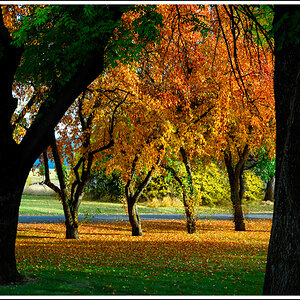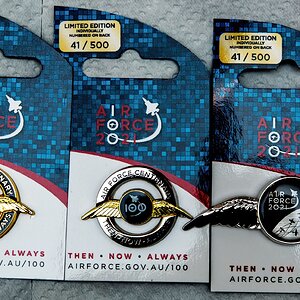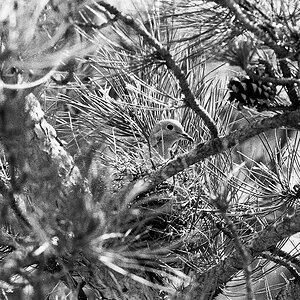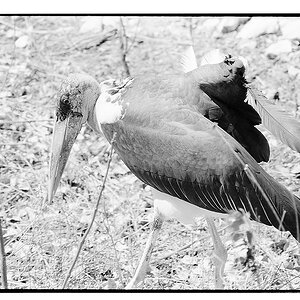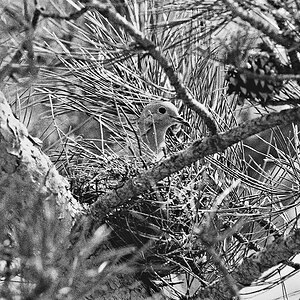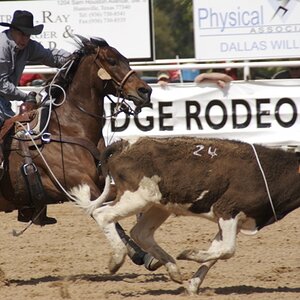jimmyc
TPF Noob!
- Joined
- Feb 28, 2018
- Messages
- 4
- Reaction score
- 0
- Can others edit my Photos
- Photos OK to edit
Hi.. I'm looking at this lens and having some trouble with it. It's on loan with a option to buy for $225
Attaching it to a Canon Rebel T6s. It works most of the time but doesn't work in "live view" and will sometimes just lock up the camera. Have to turn it off and back on.
I like the idea of having a zoom macro to pickup small subjects. The two don't seem to be playing well together. Just wondering if anyone else has had issues like this??
I'm very much a newbie any advice or pointer is much appreciated!!!!
jimmy c.
Attaching it to a Canon Rebel T6s. It works most of the time but doesn't work in "live view" and will sometimes just lock up the camera. Have to turn it off and back on.
I like the idea of having a zoom macro to pickup small subjects. The two don't seem to be playing well together. Just wondering if anyone else has had issues like this??
I'm very much a newbie any advice or pointer is much appreciated!!!!
jimmy c.


